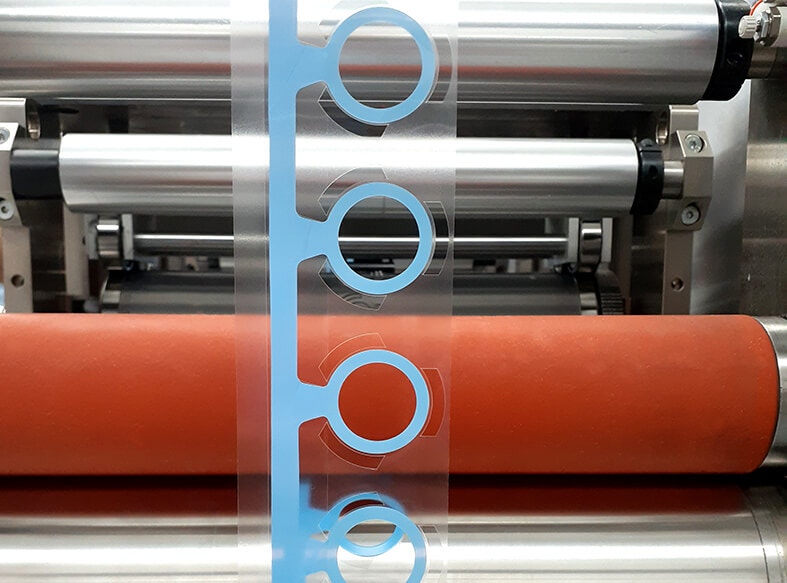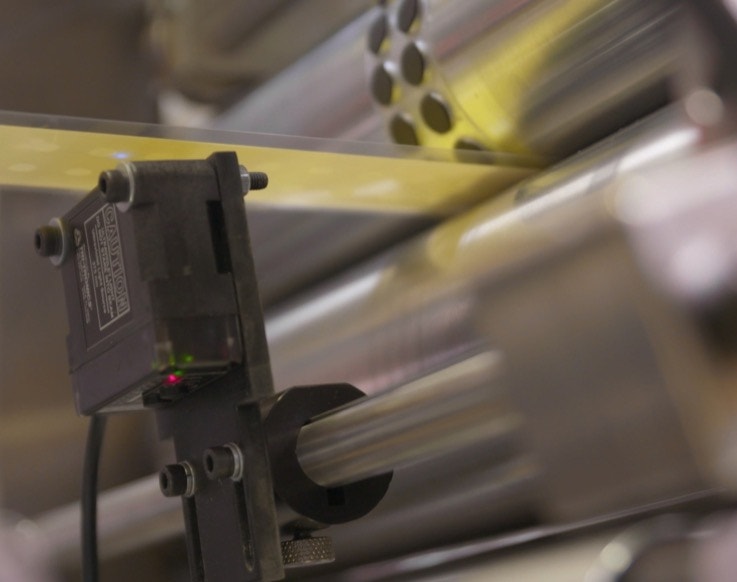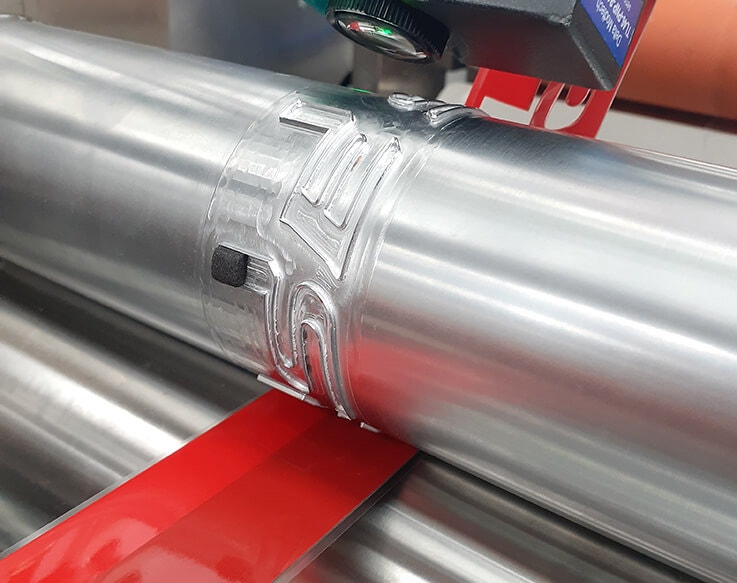

Track products from manufacturing to shipment
Highly accurate, top quality barcoding and consecutive numbering systems in variable image forms are critical for businesses. Used to track inventory, reduce costs and ensure security, CFS can print data matrices, QR Codes, and many different forms of barcodes. We use the latest technology to ensure that 1D and 2D barcodes are always crisp and clear for precise readability. Variable data printing can take many forms, some examples include.






Data Matrix Codes (2D)
An entire Data Matrix symbol can store up to 2,335 alphanumeric characters. The code identifies details of the component on which it is placed, including manufacturer ID, part number and a unique serial number. The most popular application for Data Matrix is marking small items, due to its ability to encode a large amount of data in a small amount of space.
QR Codes (2D)
QR codes have become popular for brands to communicate with consumers – they simply use an app on their smartphone to scan the code, which directs them to a web page, image, contact information, social media profile, etc. QR codes have become an effective way to build consumer engagement with brands.
Code 39 (1D)
QR codes have become popular for brands to communicate with consumers – they simply use an app on their smartphone to scan the code, which directs them to a web page, image, contact information, social media profile, etc. QR codes have become an effective way to build consumer engagement with brands.
Code 128 (1D)
Compact, high-density codes used in logistics and transportation industries for ordering and distribution. They support any character of the ASCII 128 character set, Code 128 barcodes can store highly diversified information.
ITF (Interleaved 2 OF 5) (1D)
Used to label packaging materials across the globe. Since they can deal with high printing tolerances, they are ideal for printing on corrugated cardboard. ITF barcodes encode 14 numeric digits and use the full ASCII set.

